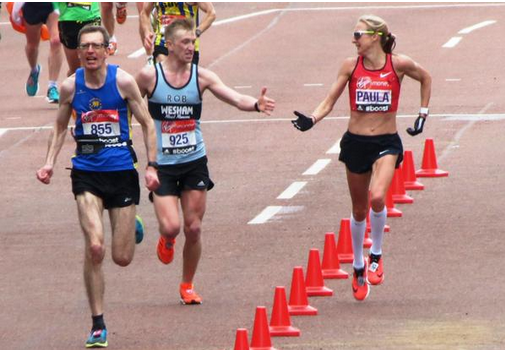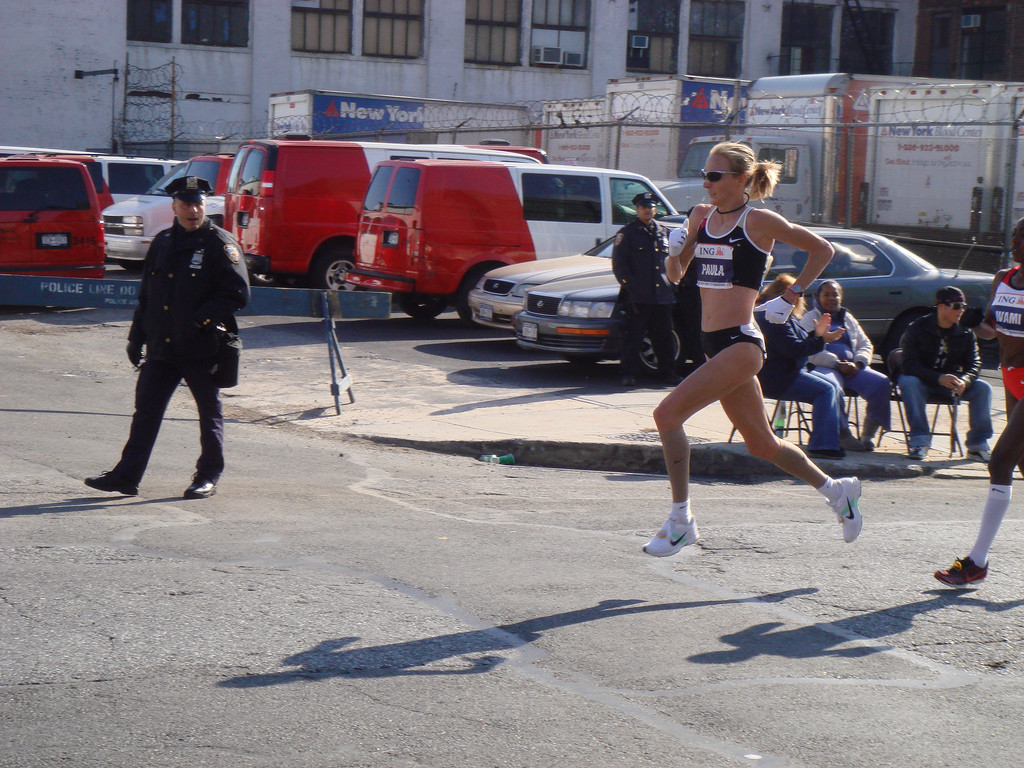How much do marathon pacers matter?
Two out of three of Kipchoge's pacers dropped out of the Berlin Marathon, and he ran a 2:01:39. This raises the question, how much do pacers affect a race?


Most major marathons provide pacers for the elite field, and a lot of emphasis is placed upon these pacers, and there is much debate over how much a male pacer aids a female runner. The debate has led to two different women’s world record categories: one that is contested alongside men, and one that’s contested among women only. Paula Radcliffe holds the former at 2:15:25, and Mary Keitany holds the latter at 2:17:01. The implementation of two different records was on the basis that it would nullify the benefits of having a faster male pacer.
On Sunday, two out of three of Kipchoge’s pacers dropped out of the Berlin Marathon, and he still managed to run a 2:01:39. This raises the question, how much do pacers really affect a race?
Hugh Cameron has been coaching the marathon for over 45 years, and has helped athletes like Sylvia Ruegger to great things, like Canadian marathon records. Ruegger was eighth at the 1984 Olympic marathon.
https://www.instagram.com/p/BhuR1TCFV_H/?hl=en&taken-by=marykeitany
Cameron doesn’t believe that a male pacer makes a difference in a woman’s race. “It’s 42.2K–these are needless categories. The men don’t have two categories. Women can have any pacer they want, and a lot of women hire their own female pacers who are marathoners.”
At big events such as Berlin, there are pacers identified by specific jerseys and bibs. These pacers are typically male. But Cameron points out that the runner is in control of what they’re doing on the day. “Kipchoge had three of the best pacers in the world, but two dropped out very early, to the dismay of the organizers, and the third dropped out well before the distance he was expected to run.”
Cameron continued, “I’ve been coaching the marathon for a long time and I’ve always made sure we get our own pacers. You’re responsible for you and what you want on race day. You and your coach make that happen.”
RELATED: Kipchoge’s world-record-setting Berlin marathon deconstructed
The women’s-only record was designated in 2011 after the IAAF changed the criteria for a women’s marathon world record. The new criteria stated that the record had to be run in a women’s-only race. Radcliffe’s world record of 2:15:25 was run in a mixed field, and her mark was initially bumped down to a ‘world best.’ After heavy protest, the IAAF made two women’s categories so Radcliffe’s record could stand.
https://www.instagram.com/p/BnwghhUHXPv/?hl=en&taken-by=paula_radcliffe
RELATED: Kipchoge’s “drinks guy” from the Berlin Marathon gains Internet fame
Cameron believes that pacers are important to race, but not so important that two categories of women’s records are needed. “I don’t think it makes that much of a difference. They still have to run the distance.”
In terms of Kipchoge and the current world record of 2:01:39, Cameron points out that pacers didn’t end up being a factor. “Any success a marathoner has, whether that be a world record or Canadian record, comes from the athlete controlling everything themselves.”


